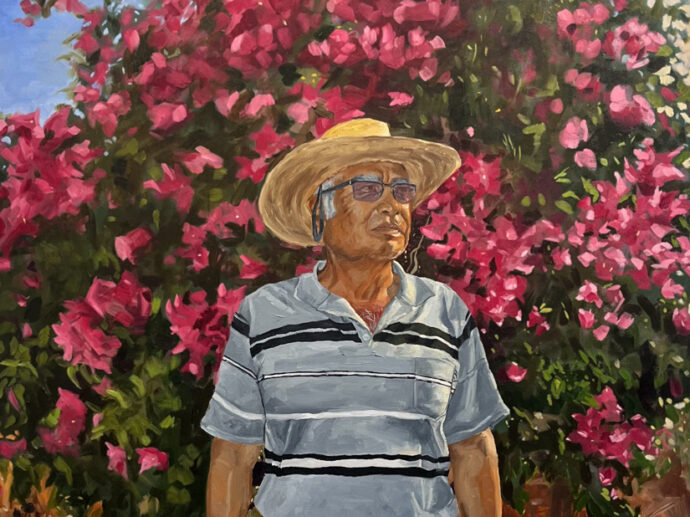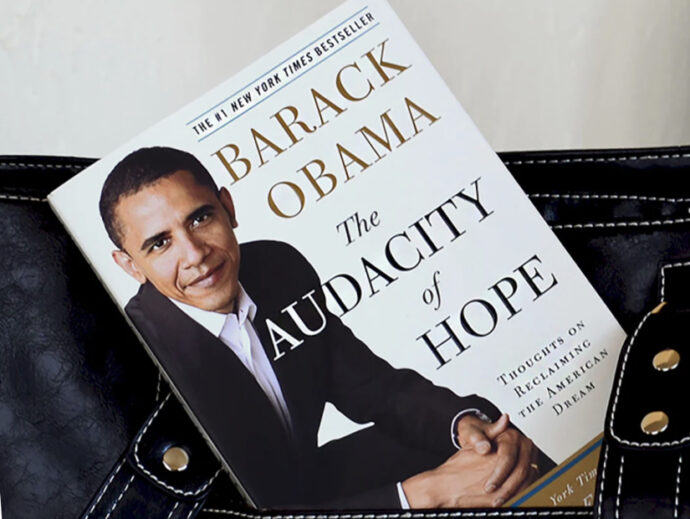
Coco Starry Night
“With Coco we tried to take a step forward toward a world where all children can grow up seeing characters in movies that look and talk and live like they do. Marginalized people deserve to feel like they belong. Representation matters.” These were the powerful words spoken by Coco director Lee Unkrich upon receiving the Academy Award for Best Animated Feature Film at the 90th Academy Awards that happened this past Sunday.
In the film Coco, twelve-year-old Miguel Rivera has a love and passion for making music. This is problematic because Miguel’s family has banned all forms of music due to an offense a family member made generations ago. Things get more complicated when Miguel disobeys his family’s rules, thus transporting him to the Land of the Dead, where he must reconcile with his ancestors and receive their blessings in order to return home.
Pixar and Disney’s Coco has received much critical and financial success since its release on November 21, 2017 with an earning of $208,473,907 from the box office and now winning two Academy Awards for Best Animated Feature Film and Best Original Song, “Remember Me.” The film delivers in all aspects: from communicating important values like family always comes first and there is always time to forgive, to offering breathtaking visuals with vibrant colors and amazing intricate sets, to creating a memorable soundtrack that can rival the likes of Frozen and Moana, and it does all this by captivating the heart of the Mexican culture. Just as Marvel’s Black Panther has been a monumental step forward for African American cinema, so is Coco with Mexican American cinema.
Let us not forget that Coco was not the first attempt Disney tried to represent Mexican culture on film. In 1944, Walt Disney produced the live-action animated musical The Three Caballeros which was largely a goodwill message for South America to side with the Allies during WWII. The film’s plot is connected by individual scenes depicting several different areas of Latin America through the means of Donald Duck opening birthday gifts from his Latin American friends and being brought to that specific country. One of these friends is Panchito Pistoles, a rooster-looking bird with red feathers, red charro pants, a short bolero jacket, spurs, and a belt with holsters, all brought together with an enormous sombrero on his head. Panchito gives a tour of his native Mexico on a serape to Donald and Jose, a cigar-smoking parrot representing Brazil, where they learn about the origins of the Mexican flag, what a piñata is, and for some reason the scene continues the theme of Donald trying to spark romance with every woman on screen. With such an out-of-touch and dated representation of Mexican culture as this one, Disney was due to give an accurate depiction.

The Three Caballeros
It took seventy-three years since the release of The Three Caballeros for Disney to attempt to give another representation of Mexican culture. This time, they nailed it. From casting an all Hispanic cast, to the little nuances like Miguel’s grandma “voluntelling” Miguel to take another tamale, to the fantastic score, it seems every decision that was made in creating this film had the spirit of the Mexican people at the forefront. Coco could’ve been like any other Disney movie from the past that uses a foreign location for its setting only and uses backdrop to communicate American values and themes (Aladdin is the perfect example of this. A movie set in a fictional city in the Middle East where the theme of the movie is about finding your true love in a culture and time where nothing else but arranged marriages were accepted). However, the creators of Coco brilliantly communicate the values of the people of Mexico and not only give it accurate representation, but make any individual of Mexican descent proud to be part of “la raza.”

Coco Family
To go back to the words of director Lee Unkrich, “Representation matters.” More now than ever before, Mexican filmmakers and actors are having huge impacts in Hollywood. Whether it is Diego Luna co-starring in the 2016 blockbuster hit Rogue One: A Star Wars Story, to Alejandro G. Iñárritu, the first Mexican director to be nominated for the Academy Award for Best Director and by the Directors Guild of America for Best Director, and cleaning up in the 2016 Academy Awards by winning Best Director, Best Original Screenplay, and Best Picture for Birdman, and as of Sunday, Guillermo del Toro who won Best Director awards and Best Picture during the 2018 Academy Awards for his film The Shape of Water, Mexican film artists are putting a hard fingerprint in today’s films. In a time where immigrants are fighting harder to pursue their dreams, movies like Coco are encouraging them to “seize your moment.”
*




